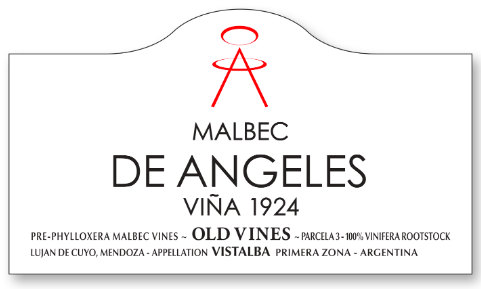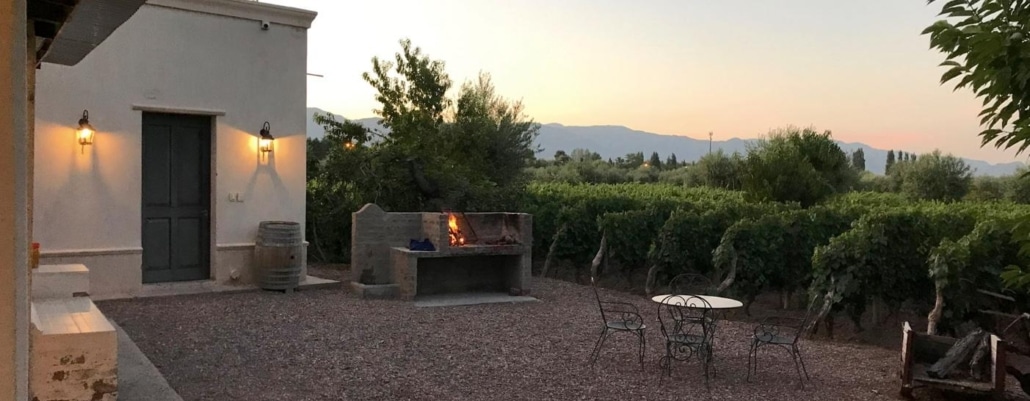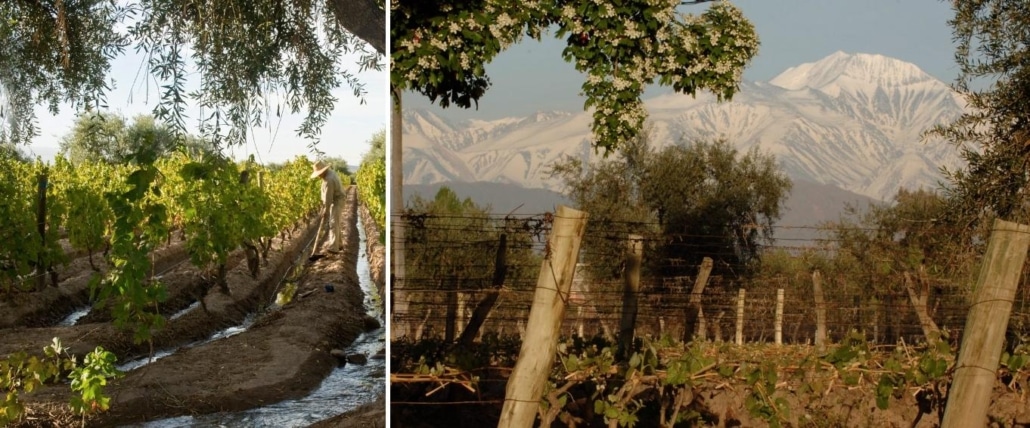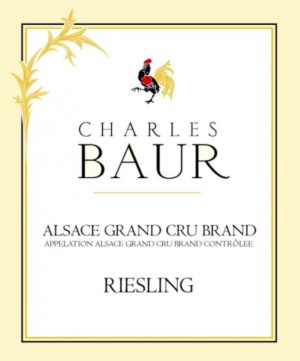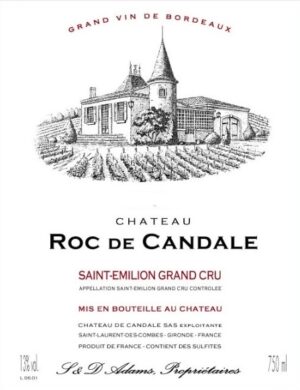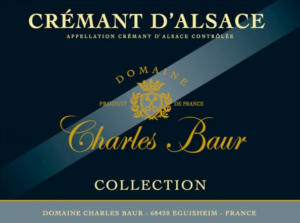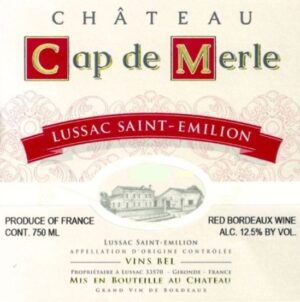ABOUT THE PRODUCER: Viña 1924 de Angeles
After nearly 80 years of selling their grapes to some of the most exclusive wineries in Mendoza, Viña 1924 set to build their own facility in December 2006. In April 2007, they harvested the first grapes for their estate-bottled wine and discovered in their Malbec the individuality and originality they always believed would be there. The entire vineyard is 50 acres; however, all the grapes for their wines come from the best parcel, #3.
Although state-of the art, Viña 1924 is a true garage winery with a limited production of 20,000 bottles per harvest. With the help of consultant Michel Rolland, winemaker Juan Manuel González crafts intense wines that express the typicity of their terroir. Alberto Comarín, the vineyard manager for the past 40 years, seriously jokes that the vines speak to him. Original vine material was brought from France and for decades, the winery has followed a soil treatment practice that consists in mixing the pruning and the vine shoots with the soil, over time maintaining and improving the soil texture. The high planting density of at least 7.000 vines per hectare gives fewer clusters per plant, which results in more concentrated aromas and flavors. This high plant density has a natural origin that developed slowly over the years: each time a vine was lost, it was replanted using one of the vine shoots from its neighboring vine. Due to the limited length of the vine shoot, the distance between the vines became shorter and shorter, and the plant density increased. The vineyard soil is formed by the alluvial deposits from an old river that years ago limited the vineyard; the sandy loam soil is very permeable and shallow, allowing roots to only reach depths of 20 feet. The vines are grown on low espaliers, pruned double Guyot, an old traditional French pruning system imported a century ago form the Bordeaux region.
Mendoza is at 3,200 feet above sea level, giving a thermal amplitude between day and night of nearly 30°F. In the particular case of Viña 1924, the depth of the old lost river provides at night an additional air flow, lowering the night time temperature and thus increasing the diurnal difference. The rows are planted North to South, receiving high sun exposure during the morning and afternoon, and less at noon, thus protecting the clusters during the hours of highest temperatures. Average yearly rainfall is 180 millimeters spread throughout the summer months, giving a dry climate in a cool area. The vineyard has traditional furrow irrigation, carrying the high quality water coming from the Mendoza River. The ripening period is long and lasts up to 65 days, allowing the grapes to develop mature tannins, anthocyanins, flavors and aromas. The 1924 vines are grown on natural rootstock, which is only possible because the Vistalba climate, soil and irrigation made the region free of phylloxera.
Farming practices: sustainable. They are looking into converting to fully organic. The wines are not fined. They are vegan.
ALL our wines come from OLD VINES
ALL our wines come from MASSAL SELECTION VINES
ALL our wines come from PRE_PHYLLOXERA VINES
ALL our wines come from a SINGLE VINEYARD
ALL our wines come from VISTALBA, HIGH FIRST HISTORIC REGION
ALL our wines are HIGH-ALTITUDE WINES
ALL our wines are HERITAGE VINEYARD WINES

